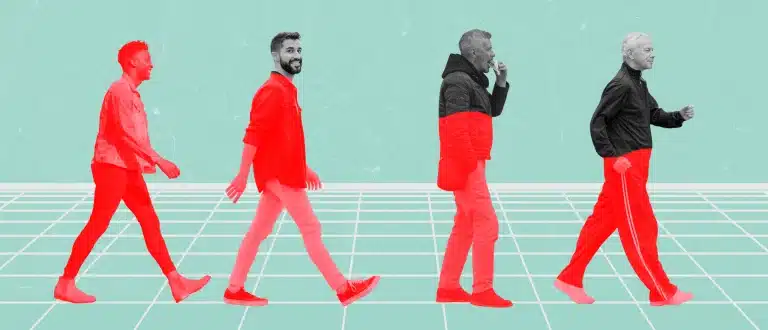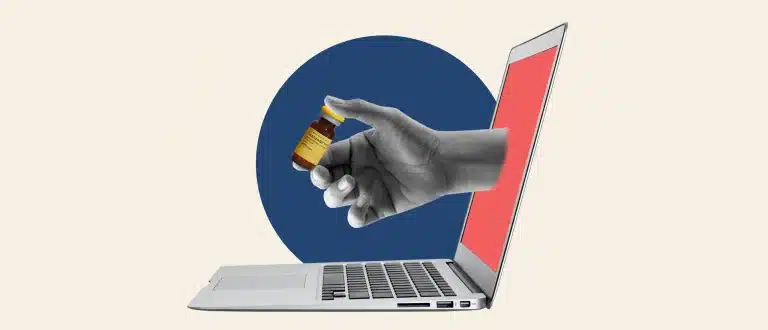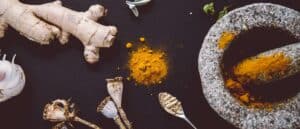11 Science-Backed Ways to Naturally Increase Testosterone
If your T levels are low, there are a few ways to give them a lift. Testosterone replacement therapy (TRT) may be needed to get levels back up to the normal range, but you can also increase testosterone naturally.
If your T is too low, a host of problems can crop up. You might feel tired and lethargic, your sex drive may peter out, you may struggle to focus at work or home, or you could find it impossible to make gains at the gym, even with an all-out effort (1).
The decline can also increase your risk of long-term health conditions like diabetes, heart disease (2), and even an early death (3).
Several factors can cause testosterone levels to lag, including normal aging: Each year after the age of 35, men’s testosterone levels start to decline by around 1 percent per year (4).
Replenishing those levels is key to living your life at your full potential. If you haven’t tested your T levels yet (Hone can help with that), or aren’t ready for TRT, there are plenty of ways to naturally boost your testosterone.
How to increase testosterone quickly and naturally? Here are 11 of our favorite strategies.
How to Naturally Boost Testosterone Levels
1. Hit the Protein Sweet Spot
Testosterone is found in the bloodstream in two forms. It can be bound to a protein called sex hormone binding globulin (SHBG) or albumin, which transports testosterone throughout the body.
This form of testosterone—called total T—is biologically inactive (meaning: it doesn’t exert its effects upon the body). Total T makes up about 98 percent of your overall testosterone levels.
The remaining two percent—called free T—is what’s vital. Free T floats around and binds to the right receptors to keep your body in optimal condition. The more free T in your system, the better.
Protein can limit SHBG (5), leaving you with more free T to do its job.
Eating enough protein can also help you drop extra pounds, which is important since obesity holds the title as the most effective predictor of low testosterone in men (6).
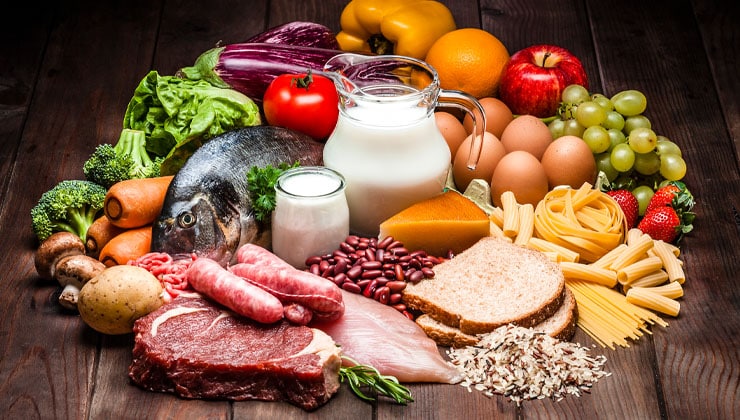
Just don’t go overboard; a small study by the University of Worcester found that men who limited carbs and got 35 percent of their calories from protein had lower testosterone levels (7), so balance is key.
While a well-marbled bone-in ribeye the size of your face may be stupendously appealing, 5 or 6 ounces of lean beef, chicken, eggs, or fish are your best option.
Protein doesn’t have to exclusively come from meat, either; plenty of seeds, nuts, and tofu pack a strong protein punch.
Avoid too much tofu; soy products can send your T levels plummeting (8). Soy foods are also high in phytoestrogens, plant-based substances that mimic the effects of estrogen that may reduce testosterone (9).
Hone’s at-home testosterone assessment is the simplest way to uncover whether your levels are low. If you qualify for treatment, TRT can be sent right to your door.
2. Minimize Stress
When your body is faced with chronic and ongoing stress, it overproduces the stress hormone, cortisol, to compensate. Elevated cortisol, in prolonged and unnaturally high levels, works to diminish testosterone (10).
High levels of stress can ramp up your appetite, leading to weight gain (11)—and the accompanying body fat isn’t good for your health.
Side effects of stress, like poor sleep and not having the motivation to exercise can also contribute to lower-than-normal testosterone levels. (Seriously, now’s the time to quit the job you hate and blame it on your health.)
3. Keep Your Weight in Check
A study in the journal Clinical Endocrinology found that some obese men between the ages of 14 and 20 have up to 50 percent less testosterone than those who are not overweight (12).
Fat cells have a high amount of aromatase, an enzyme that converts testosterone into estrogen (while estrogen is the primary female sex hormone, men need it too, in small amounts).
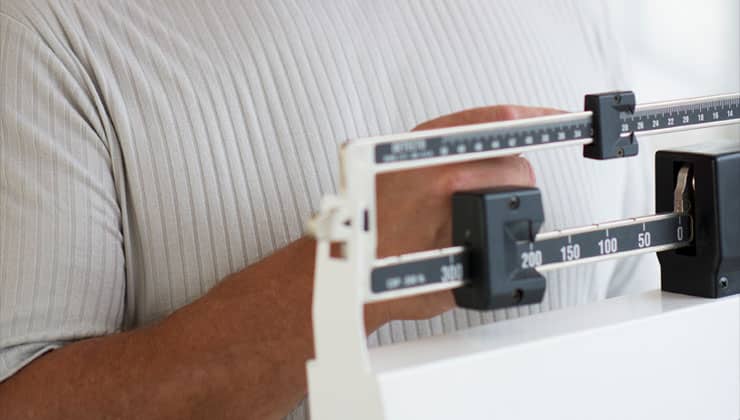
Abdominal fat in particular produces high amounts of aromatases. Extra estrogens can trigger your body to produce less testosterone (13). That can set up a vicious cycle, because the less testosterone your body produces, the more belly fat you accumulate.
4. Drink Less Alcohol
Knocking back too many cold ones can lower testosterone levels.
How? A review of studies (14) suggests a few potential ways:
- Alcohol may impair the hypothalamus and pituitary glands, which work together to send hormones that trigger the testes to produce testosterone.
- The oxygen molecules produced when your body processes alcohol could also cause cell damage in the testes, where testosterone is produced.
- When you imbibe, your body metabolizes a compound in alcohol called ethanol, which lowers an enzyme involved in testosterone production.
- Regular heavy drinking also can elevate estrogen and cortisol levels, both of which can diminish testosterone production.
Knocking back too many brewskis also disrupts your sleep and can lead to snacking and weight gain.
KNOW YOUR T
5. Reduce Plastic and BPA Exposure
Plastic makes our life easier. We pack our foods in it, drink our water and other beverages from it. In fact, it’s so ingrained in our lives that it’s started to leach into our bodies—literally.
Bisphenol-A (BPA), a chemical found within many plastics is absorbed by the body. Once in there, your body treats it like estrogen, which means it decreases your testosterone production and can raise your risk of other diseases, including cancer (15).
Minimize your BPA exposure by opting for glass whenever you can.
6. Exercise More
Hit the gym and you could definitely see your testosterone levels get swole. One study (16) found that people who exercised regularly had remarkably higher levels of testosterone.

Cardio’s great for heart health, but if you’re looking to up your T levels, you’ll want to focus on strength training to burn fat, increase lean muscle mass and boost your confidence. A 2006 study (17) found men who did strength/resistance training 3 days a week for 4 weeks saw increased testosterone levels right after the workout and over time.
Bonus points if you’re into HIIT workouts; high-intensity interval training is among the most effective workouts to boost T (18).
7. Don’t Skimp on Sleep
Too many of us stay up that extra hour, watching junk on TV or messing around on our phones. Lack of quality sleep can leave you too tired to eat well or sneak in a workout the next day. It can also slaughter your T levels.
Your testosterone during the day can dip as much as 15 percent if you’re sleeping as little as 5 hours (19). Try to clock 8 hours a night whenever possible.
The connection: REM sleep. During the night, your body cycles through different stages of sleep, including deep REM sleep. Testosterone levels begin to rise when you fall asleep, peak at about the time you enter the first REM stage, and remain high until you wake (20).
If you don’t spend enough time in REM sleep, your T may pay the price.
Hone’s at-home testosterone assessment is the simplest way to uncover whether your levels are low. If you qualify for treatment, TRT can be sent right to your door.
8. Take Vitamins That Naturally Boost Testosterone
Certain vitamins and minerals may optimize your testosterone. Key among them:
Vitamin D
About 42% of adults are vitamin D deficient (21). That’s a problem for many reasons: vitamin D deficiency has been linked to depression, mood swings, chronic skin conditions, lack of energy, and more.
That’s not all: Vitamin D plays a role in sperm motility (22) and testosterone production, and recently, Danish researchers (23) found that vitamin D deficiency may also reduce testosterone production. A study in the journal Nutrients found Vitamin D supplementation may significantly boost T levels. (24)

You can up vitamin D levels by spending more time in the sun, eating more fatty fish such as salmon, tuna, and mackerel, or taking vitamin D supplements.
In addition to bolstering testosterone, D is a miracle micronutrient for other reasons: It strengthens your immune and nervous systems, protects your heart, and calcium-clads your bones to boost their strength and help fight fractures.
Magnesium
Magnesium increases total T and free T, because the mineral prevents SHBG from binding to testosterone (25). The result: more free T.
Foods high in magnesium include spinach, almonds, cashews, and peanuts. Aim to get about 400-420 mg of the mineral daily from a combination of food and supplements.
Zinc
Zinc’s another super supplement that’ll help jumpstart luteinizing hormone (LH), as well as follicle-stimulating hormone (FSH) another hormone that stimulates testosterone production.
Plus, if you have low T (or hypogonadism) and are concerned about your fertility levels, zinc is proven to help raise sperm motility (26).
Zinc’s pumped into most breakfast cereals, but you can find naturally high levels in oysters. Your goal: get 11 mg of the essential mineral daily.
9. Try Natural Testosterone Boosters
Research suggests a few natural testosterone-boosting supplements.
Ashwagandha
The herb with the most promising science behind it: ashwagandha, an adaptogenic herb that boosts the body’s resilience against external stressors.
One 2021 meta-analysis suggests that supplementing with ashwagandha root or leaf extract for at least eight weeks effectively raised testosterone levels better than a placebo (27).
Researchers suspect the herb might counteract inflammation, cortisol production (the stress hormone), and oxidative stress, all factors that may drag down testosterone levels
Fenugreek
Studies have shown that fenugreek may improve testosterone levels and symptoms related to low testosterone such as low libido (28).
The herb’s T-boosting ability may lie in boosting free testosterone levels. Testosterone is metabolized through two different processes.

In the first, an enzyme called 5-alpha reductase converts testosterone into dihydrotestosterone (DHT), a more potent male sex hormone. Then there’s the aforementioned aromatase, which converts a version of estrogen into T.
Fenugreek may block both of those processes to increase free testosterone levels. Fenugreek may also improve free testosterone levels by blocking SHBG.
Shilajit
Shilajit is a natural substance formed from decomposing plants.
In one small study, participants who took shilajit showed a statistically significant increase in total testosterone levels compared to men who took a placebo (29).
10. Cook With T-Boosting Foods
Certain foods can increase your testosterone levels—or make them decline. Among the former? These superfoods. Add more to your diet today:
Onions and garlic
Onions and garlic take a so-so kitchen dish to the next level—and they can do the same for testosterone (30, 31).
High in flavonoids—powerful antioxidants that help regulate cellular activity and combat pesky free radicals that wreak havoc on your system—onions, as well as garlic, also aid in the increased production of healthier sperm.
More importantly, onion and garlic activate luteinizing hormone, which helps spur the production of testosterone.
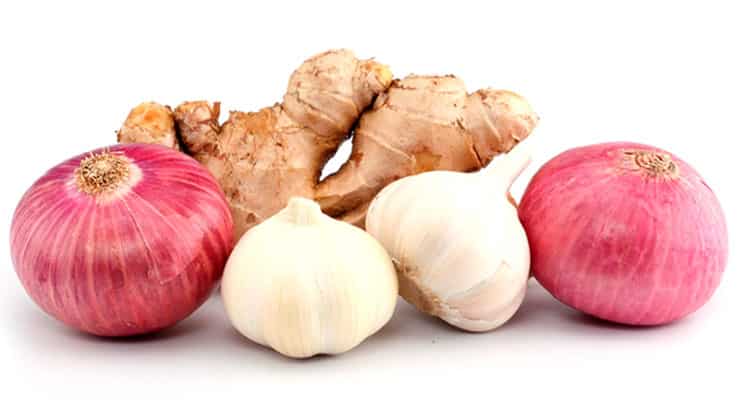
Ginger
Like garlic and onions, ginger is also rich with antioxidants that can help combat oxidative stress, which is often associated with guys with low testosterone.
According to a 2021 review, ginger also bolsters sperm quality, LH, and FSH (32).
Extra virgin olive oil
EEVO is filled with antioxidants that can combat inflammation and oxidative stress, both of which are linked to lower T levels.
EEVO is mostly composed of monounsaturated fatty acids, or MUFAs, which can reduce LDL (bad) cholesterol and elevate HDL (good) cholesterol, which is needed to convert to testosterone. One study found that EEVO and other dietary oils can boost both testosterone and LH levels (33).
11. Address Underlying Medical Conditions
Certain conditions that are bad for your overall health also spell trouble for your testosterone levels.
Men with diabetes are twice as likely to have low testosterone levels (34). Similarly, men with heart disease are twice as likely to have low testosterone than men without heart disease (35).
The lesson: If you’ve been diagnosed with a health issue, follow your physician’s recommendations to ensure you have healthy testosterone levels.
Hone’s at-home testosterone assessment is the simplest way to uncover whether your levels are low. If you qualify for treatment, TRT can be sent right to your door.
References
1. What is Low Testosterone? Urology Care Foundation
2. Goodale T, et al. (2017). Testosterone and the Heart.
3. Luo S, et al. (2019). Association of genetically predicted testosterone with thromboembolism, heart failure, and myocardial infarction: mendelian randomisation study in UK Biobank
4. Thomas G. Travison, et al. (2007). A Population-Level Decline in Serum Testosterone Levels in American Men.
5. Longcope C, et al (2000). Diet and sex hormone-binding globulin.
6. Fui MN, et al (2014). Lowered testosterone in male obesity: mechanisms, morbidity and management.
7. Whittaker J, Harris M. (2022). Low-carbohydrate diets and men’s cortisol and testosterone: Systematic review and meta-analysis.
8. Dillingham BL, et al (2005). Soy protein isolates of varying isoflavone content exert minor effects on serum reproductive hormones in healthy young men.
9. Jargin SV. (2014). Soy and phytoestrogens: possible side effects.
10. Mehta PH, et al (2017). Hormonal underpinnings of status conflict: Testosterone and cortisol are related to decisions and satisfaction in the hawk-dove game.
11. Block JP, et al. (2009). Psychosocial stress and change in weight among US adults.
12. Mogri M, et al. (2013). Testosterone concentrations in young pubertal and post-pubertal obese males.
13. Mair KM, et al. (2020). Obesity, estrogens and adipose tissue dysfunction – implications for pulmonary arterial hypertension.
14. Rachdaoui N, Sarkar DK. (2013). Effects of alcohol on the endocrine system.
15. Cariati, F., et al. (2019) Bisphenol a: an emerging threat to male fertility
16. Vaamonde D, et al. (2012). Physically active men show better semen parameters and hormone values than sedentary men.
17. Timón Andrada R, et al. (2006) Variations in urine excretion of steroid hormones after an acute session and after a 4-week programme of strength training.
18. Hackney AC, et al. (2012). Testosterone responses to intensive interval versus steady-state endurance exercise.
19. Leproult R, Van Cauter E. (2011). Effect of 1 week of sleep restriction on testosterone levels in young healthy men.
20. Wittert G (2014). The relationship between sleep disorders and testosterone in men, ncbi.nlm.nih.gov/pmc/articles/PMC3955336/
21. Forrest KY, Stuhldreher WL. (2011). Prevalence and correlates of vitamin D deficiency in US adults.
22. de Angelis C, et al. (2017). The role of vitamin D in male fertility: A focus on the testis.
23. Chen C, et al. (2019). Causal Link Between Vitamin D and Total Testosterone in Men: A Mendelian Randomization Analysis.
24. Michalczyk MM, et al (2020). . Influence of Sunlight and Oral D3 Supplementation on Serum 25(OH)D Concentration and Exercise Performance in Elite Soccer Players.
25. Maggio M, et al (2014). The Interplay between Magnesium and Testosterone in Modulating Physical Function in Men.
26. Fallah A,et al. (2018). Zinc is an Essential Element for Male Fertility: A Review of Zn Roles in Men’s Health, Germination, Sperm Quality, and Fertilization.
27. Smith, Stephen J et al. (2021).Examining the Effects of Herbs on Testosterone Concentrations in Men: A Systematic Review.
28. Poole C, et al. (2010). The effects of a commercially available botanical supplement on strength, body composition, power output, and hormonal profiles in resistance-trained males.
29. Pandit S, et al (2016). Clinical evaluation of purified Shilajit on testosterone levels in healthy volunteers.
30. Banihani SA. (2019). Testosterone in Males as Enhanced by Onion (Allium Cepa L.).
31. Hammami I, El May MV. (2013). Impact of garlic feeding (Allium sativum) on male fertility.
32. Majid Gholami-Ahangaran, et al. (2021). A systematic review on the effect of Ginger (Zingiber officinale) on improvement of biological and fertility indices of sperm in laboratory animals, poultry and humans
33. Derouiche A, et al. (2013). Effect of argan and olive oil consumption on the hormonal profile of androgens among healthy adult Moroccan men.
34. American Diabetes Association. Low Testosterone [Fact Sheet]
35. Michiaki Fukui, et al. (2003). Association Between Serum Testosterone Concentration and Carotid Atherosclerosis in Men With Type 2 Diabetes.







